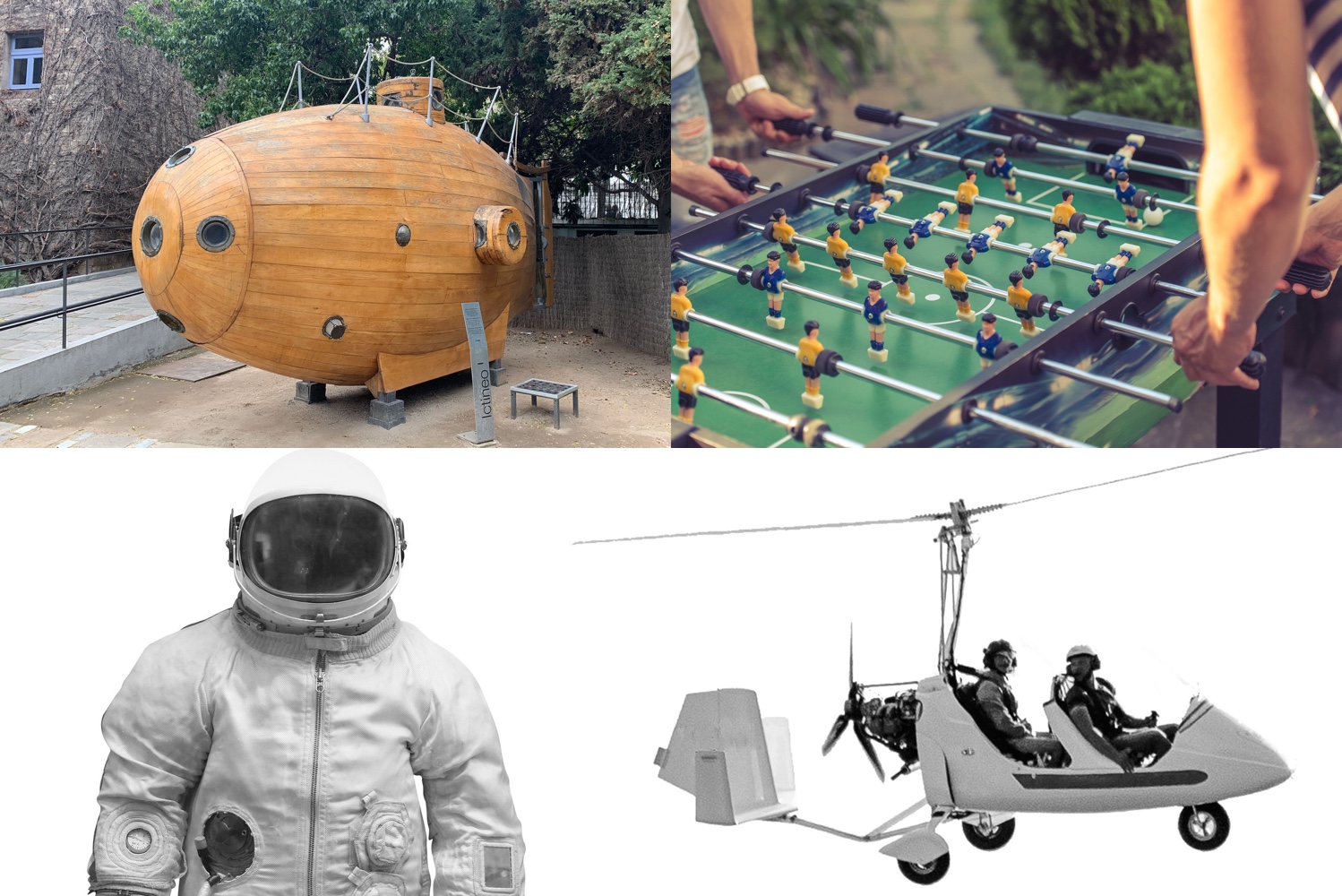Spain, a country with a rich tapestry of culture and history, has contributed numerous inventions that have significantly impacted the world. From revolutionary advancements in science to innovative culinary practices, the Spanish people have been at the forefront of creativity and ingenuity. This article aims to explore the diversity of inventions that have originated in Spain, categorizing them into various domains such as science and technology, arts and culture, medicine, and gastronomy.
Scientific and Technological Inventions
Among the most notable contributions to science and technology is the invention of the astrolabe. Although its origins can be traced back to ancient civilizations, the device underwent substantial refinement in Spain during the Middle Ages. Spanish astronomers utilized the astrolabe for navigation and astronomical measurements, enabling explorers to traverse uncharted territories with relative accuracy. This facilitated the Age of Exploration, whereby European powers sought to expand their empires across the globe.
In addition to the astrolabe, Spain has also been pivotal in the development of the modern submarine. The concept was popularized by the vision of Narcís Monturiol, who devised the first functional submarine, the Ictineo, in the 19th century. This invention laid the groundwork for future advancements in underwater exploration and military applications, showcasing Spain’s role in pushing the boundaries of maritime technology.
Another significant Spanish innovation is the mechanical calculator. Invented by the engineer and mathematician Pedro Juan de Alcaraz in the late 17th century, this device was designed to facilitate complex calculations, fundamentally transforming the realm of mathematics and engineering. Alcaraz’s ingenuity exemplifies how Spain has contributed to the progression of computational devices, predating some of the modern technologies we utilize today.
Artistic Innovations
In the domain of arts and culture, Spain has been synonymous with profound creative expression. The Spanish guitar, a beautifully crafted string instrument, is perhaps one of the most emblematic inventions of the country. Its origins date back to the 15th century, evolving through various styles and contributing immensely to musical genres, including flamenco and classical music. The guitar’s versatility and emotive sound have made it a staple not only in Spain but worldwide, influencing countless musicians and composers.
Beyond music, Spain has made significant strides in the visual arts. The invention of the chiaroscuro technique in painting, which employs the use of strong contrasts between light and dark, has roots in the Spanish Renaissance. Artists such as Diego Velázquez and Francisco Goya utilized this technique to create depth and drama in their works, subsequently influencing various artistic movements in Europe and beyond.
Medical Breakthroughs
The realm of medicine is another field where Spanish contributions are noteworthy. A prime example is the development of modern psychiatry by renowned Spanish physician and philosopher Juan Huarte de San Juan in the 16th century. In his seminal work, “Examen de ingenios para las ciencias,” he delved into the psychological underpinnings of human behavior, stressing the importance of mental health in the overall well-being of individuals. Huarte’s pioneering ideas laid the foundation for future psychiatric practices and research, underscoring Spain’s role in the evolution of mental health care.
Furthermore, the forearm crutch, invented by Spanish surgeon and inventor Juan de Dios Huarte in the late 19th century, revolutionized mobility aids. Designed to ease movement for individuals with disabilities, this crutch enhanced the quality of life for many. The design principles behind Huarte’s crutch continue to inform contemporary developments in assistive technologies.
Culinary Innovations
Additionally, Spain is credited with popularizing churros, a delicious fried dough pastry often enjoyed with hot chocolate. While churros may have roots in ancient European pastry-making, the unique Spanish twist has made it an iconic treat in various cultures worldwide. This delightful dessert showcases Spain’s ability to marry simplicity and flavor, resulting in an experience beloved by many.
Contributions to Sports and Recreation
In the realm of sports, Spain has given rise to the concept of modern team sports—specifically, collective participation and strategy in games like basketball and football (soccer). The Spanish national football league, La Liga, is among the world’s premier football leagues, attracting global sporting talent and fostering international camaraderie through the love of the game. The organization of competitive sports into leagues and tournaments has spearheaded a culturally unifying phenomenon, facilitating interactions across diverse populations.
Conclusion
In summary, Spain’s contribution to the global tapestry of inventions is both diverse and rich, encompassing domains such as science, technology, art, medicine, gastronomy, and sports. Each invention tells a story of perseverance, creativity, and cultural identity, reminding the world of the significant role that Spain has played throughout history. As we continue to innovate and explore, the legacy of Spanish ingenuity serves as a touchstone for future generations, inspiring continued exploration in various fields of endeavor.












